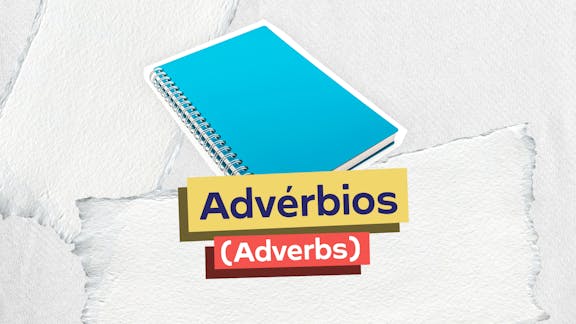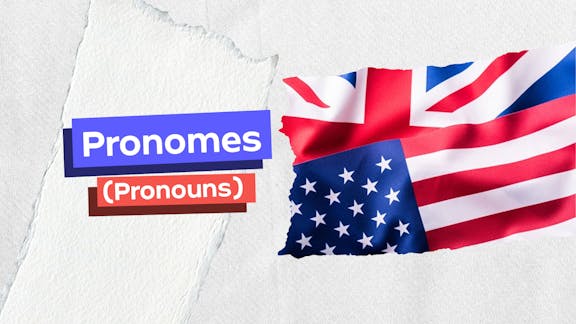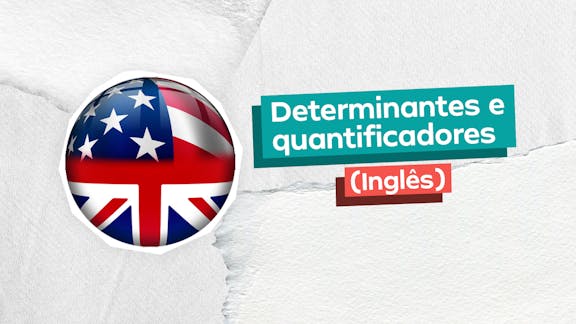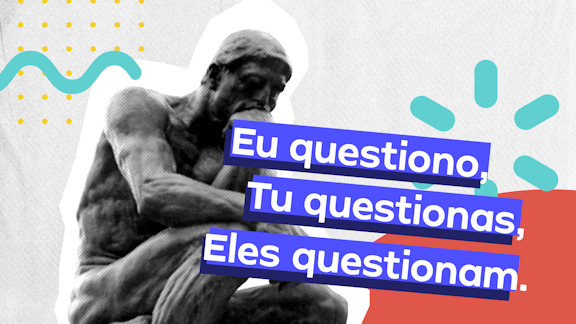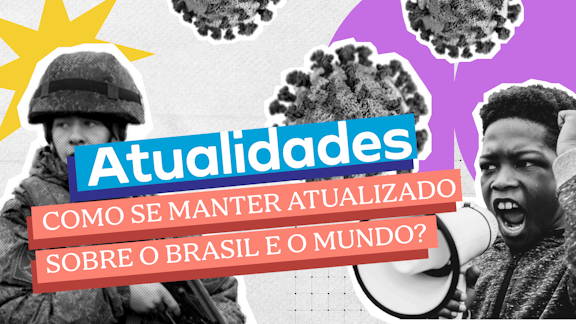According to the second paragraph, the link between vaccines
and autism

In today’s political climate, it sometimes feels like we
can’t even agree on basic facts. We bombard each other
with statistics and figures, hoping that more data will make
a difference. A progressive person might show you the same
climate change graphs over and over while a conservative
person might point to the trillions of dollars of growing national
debt. We’re left wondering, “Why can’t they just see? It’s so
obvious!”
Certain myths are so pervasive that no matter how many
experts disprove them, they only seem to grow in popularity.
There’s no shortage of serious studies showing no link
between autism and vaccines, for example, but these are no
match for an emotional appeal to parents worried for their
young children.
Tali Sharot, a cognitive neuroscientist at University College
London, studies how our minds work and how we process
new information. In her upcoming book, The Influential Mind,
she explores why we ignore facts and how we can get people
to actually listen to the truth. Tali shows that we’re open to
new information – but only if it confirms our existing beliefs.
We find ways to ignore facts that challenge our ideals. And as
neuroscientist Bahador Bahrami and colleagues have found,
we weigh all opinions as equally valid, regardless of expertise.
So, having the data on your side is not always enough.
For better or for worse, Sharot says, emotions may be the key
to changing minds.
(Shankar Vedantam. www.npr.org. Adaptado.)

In today’s political climate, it sometimes feels like we can’t even agree on basic facts. We bombard each other with statistics and figures, hoping that more data will make a difference. A progressive person might show you the same climate change graphs over and over while a conservative person might point to the trillions of dollars of growing national debt. We’re left wondering, “Why can’t they just see? It’s so obvious!”
Certain myths are so pervasive that no matter how many experts disprove them, they only seem to grow in popularity. There’s no shortage of serious studies showing no link between autism and vaccines, for example, but these are no match for an emotional appeal to parents worried for their young children.
Tali Sharot, a cognitive neuroscientist at University College London, studies how our minds work and how we process new information. In her upcoming book, The Influential Mind, she explores why we ignore facts and how we can get people to actually listen to the truth. Tali shows that we’re open to new information – but only if it confirms our existing beliefs. We find ways to ignore facts that challenge our ideals. And as neuroscientist Bahador Bahrami and colleagues have found, we weigh all opinions as equally valid, regardless of expertise.
So, having the data on your side is not always enough. For better or for worse, Sharot says, emotions may be the key to changing minds.
(Shankar Vedantam. www.npr.org. Adaptado.)
Gabarito comentado
Vamos analisar o enunciado:
According to the second paragraph, the link between vaccines and autism... Tradução - De acordo com o segundo parágrafo, a ligação entre vacinas e autismo...
Vejamos o trecho em questão, o 2o parágrafo:
Certain myths are so pervasive that no matter how many experts disprove them, they only seem to grow in popularity. There's no shortage of serious studies showing no link between autism and vaccines, for example, but these are no match for an emotional appeal to parents worried for their young children.
Tradução -
Certos mitos são tão difundidos que, não importa quantos especialistas os refutem, eles só parecem crescer em popularidade. Não faltam estudos sérios mostrando que não há nenhuma ligação entre autismo e vacinas, por exemplo, mas eles não são páreo para um apelo emocional aos pais preocupados com seus filhos pequenos.
Analisando as alternativas teremos:
A ligação entre vacinas e autismo...
A) Incorreto - is accepted by both parents and experts.
Tradução - é aceita tanto pelos pais quanto pelos especialistas.
Os especialistas refutam essa ligação.
B) Incorreto - is a true fact that worries most experts.
Tradução - é um fato verdadeiro que preocupa a maioria dos especialistas.
É um mito.
C) Incorreto - has been established by recent studies.
Tradução - foi estabelecido por estudos recentes.
Estudos sérios mostram que não há nenhuma ligação entre autismo e vacinas.
D) Correto - is a myth many people believe in.
Tradução - é um mito em que muitas pessoas acreditam.
E) Incorreto - has been shown in many young children.
Tradução - foi mostrado em muitas crianças.
Estudos sérios mostram que não há nenhuma ligação entre autismo e vacinas, portanto isso não foi demonstrado.
Gabarito do Professor: Letra D.
